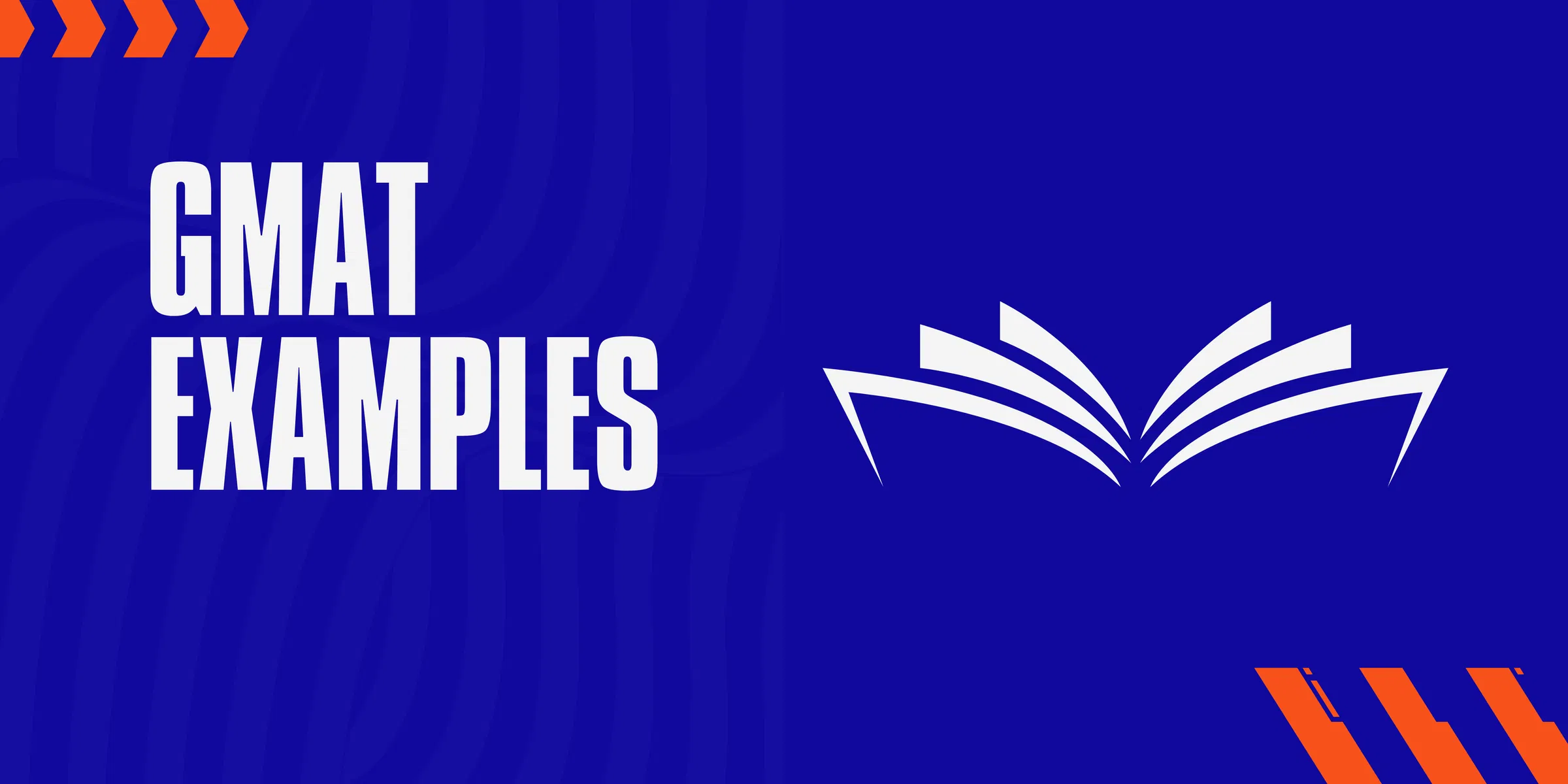This is a follow up read to the GMAT Reading Comprehension blog that builds deriving the main point and different approaches. Deriving the main point helps understand their key outcome out of the comprehension. It will be useful for direct questions asking about the main point but also aid in other ancillary questions. We could use the reasoning behind the main point. GMAT reading comprehension discusses the key strategy.
Reading Comprehension Problem Structure
The reading comprehension questions typically pertain to one of the following types:
- Inference
- Main Idea
- Details
- Organisation
- Application
While reading the passage, we are supposed to chart out all opinions and opinion holders. Ask leading questions and try to predict the flow, so we know if we are on track. Finally, summarise. If we are able to do this while reading the passage, this coupled with answer elimination can lead to the right choices.
We will be digging deeper into GMAT reading comprehension main point strategy going forward.
Main Point Reading Process
The process of going about reading the sentence in a more active fashion is to:
- Read a few words
- Pause and understand the context
- Make a note of the overall sentence flow
- Summarise the intended meaning
Transition Words
Transition words are words that can act as key checkpoints for sentences and paragraphs. We can use it to pause and understand better. Track and predict the change and finally help answer questions for us to understand the text better.
- Addition: Also, moreover, furthermore, additionally etc
- Contrast: But, yet, although, in spite of, however, on the contrary, etc.
- Condition: If, even
- Reason: Because, due etc
- Conclusion: Hence, thereby, so clearly, consequently etc.
Opinion Questions
While reading the passage, it’s important to jot some notes down, most GMAT RC Main point questions will pertain to any of the following types:
- What is the primary motive of the passage?
- The author is most likely to agree with which statement?
- Which of the following would most weaken the conclusion?
- From the passage, which of the following does the author believe to be true about [someone/something] ?
Facilitated reading along with taking down notes should help better understand and answer the main point questions. All along make sure to follow and track the 3rd party opinions from experts, researchers etc besides the author and link the two.
Summarising Paragraphs
We will need to summarise the paragraphs to collect the key ideas which lead to motives for the paragraph. This thereby leads to the motive or main point for the passage.
Taking the overall flow along with the transition words, we will need to summarise the paragraph into a single sentence. This will act as the main motive for the passage.
One of the biggest issues with RC questions is the time-consuming aspect of the passage. This, coupled with unfamiliar passages results in not getting the flow for the passage and forgetting the gist of it.
Answer Eliminations
The answer choices will be wrong in the following ways:
- Out of Scope: The answer talks or makes an inference that is not discussed in the paragraph and is out of the scope.
- Limited Scope: The answer is partially true in terms of being a sentence in the entire paragraph but not being the core point of the paragraph
- Distortion: The reasoning given is a distortion of the information present with the paragraph. It’s in scope but the reasoning is twisted.
Answer Key Words and Meaning
The answers will often use one of the following words and this grouping is useful to know what those mean. It can act as a reference when choosing the right answer choice.

To be continued …
